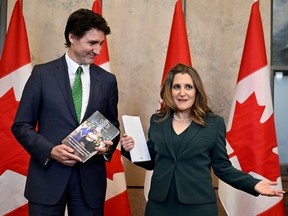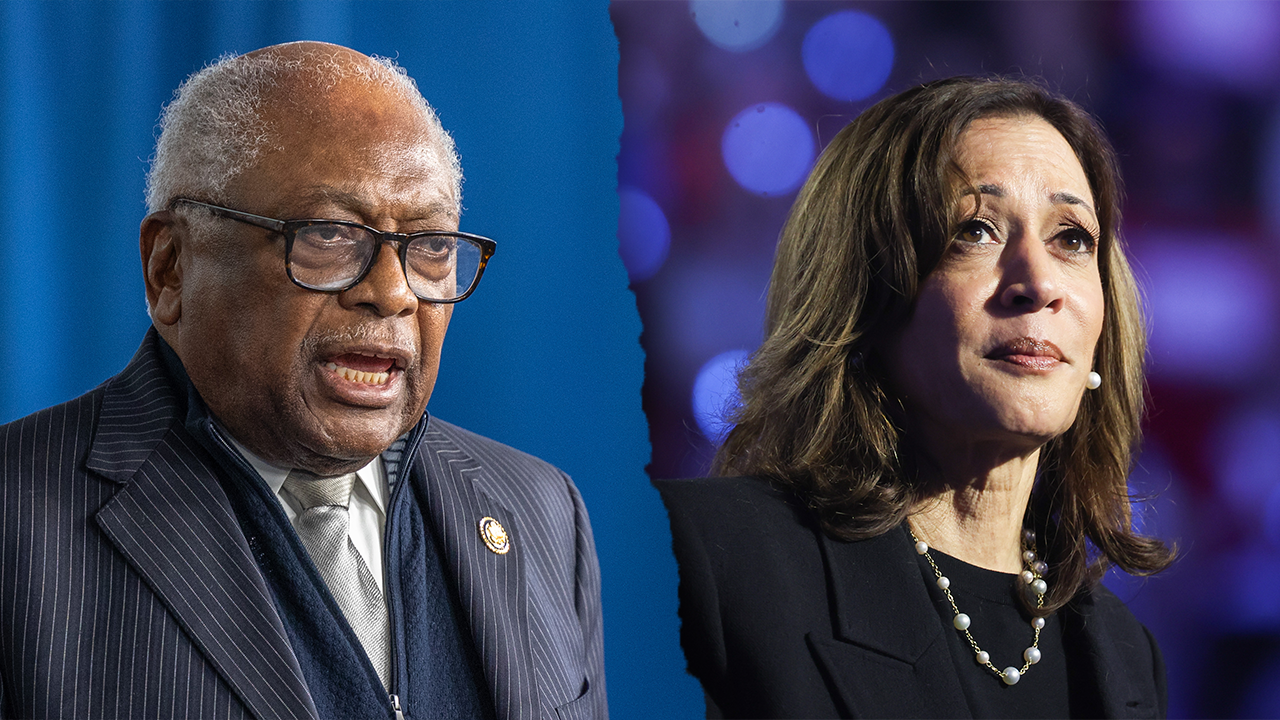Jamie Golombek: Possibilities include changes to the capital gains inclusion rate, retirement taxes and top tax bracket
Reviews and recommendations are unbiased and products are independently selected. Postmedia may earn an affiliate commission from purchases made through links on this page.
Article content
What could be in the federal budget that Finance Minister Chrystia Freeland is delivering on April 16? It’s really anyone’s guess, but some insights can be gleaned from the government’s recent pre-budget report, as well as from various pre-budget industry newsletters, each offering up their own predictions and recommendations of what might be in store.
Let’s review some potential tax changes we could see next month.
Advertisement 2
Article content
Article content
Alternative minimum tax
Among the 359 recommendations contained within the Standing Committee on Finance’s 344-page report is that before proceeding with the proposed changes to the Alternative Minimum Tax, the government should determine the impact these changes will have on charitable revenues by conducting an independent economic and financial analysis.
The AMT imposes a minimum level of tax on taxpayers who claim certain deductions, exemptions or credits to reduce the tax they owe to very low levels. In last year’s federal budget, the government announced that “to better target the AMT to high-income individuals,” several changes would be made to the rules for calculating the AMT, beginning in 2024.
The changes, which were formally introduced in Parliament last summer, but have not yet been passed into law, include raising the AMT rate to 20.5 per cent from 15 per cent, increasing the amount of income below which AMT will not apply ($173,205 in 2024) and broadening the AMT base by limiting more amounts that reduce taxes. All provinces and territories also impose AMT, which is generally calculated as a percentage of the federal AMT.
Article content
Advertisement 3
Article content
Since AMT can only arise in 2024 if your income calculated under the rules exceeds the $173,205 AMT exemption, most taxpayers don’t have to worry about it. But AMT can be an issue for higher-income taxpayers who make charitable gifts in 2024 because of a couple of changes that specifically target charitable giving.
First, only 50 per cent of the donation tax credit is permitted when calculating the AMT, according to the currently drafted AMT rules for 2024. This alone, however, is not enough to cause AMT, even for high-income donors. It’s only a concern when a donor earns some tax-preferred income or takes certain deductions. For example, a donor who has a significant capital gain, exercises qualifying employee stock option benefits or has losses carried forward from a prior year could be affected.
The second AMT adjustment is related to in-kind donations of publicly traded shares, mutual funds or segregated funds to a registered charity. Starting this year, the draft AMT legislation calls for 30 per cent of the capital gains on securities that are donated in kind to be included in income for AMT purposes. Since only 50 per cent of the donation credit is now allowed for AMT purposes (as explained above), the result is that the AMT may result on some significant donations of publicly listed securities in 2024.
Advertisement 4
Article content
Much lobbying by the charitable sector has taken place since the new AMT rules were originally introduced, and the government will hopefully backtrack and reverse these two tax measures that could discourage, or at the very least reduce, large charitable gifts in 2024 and future years.
Lifetime capital gains exemption
Another recommendation contained in the government’s pre-budget report is to increase the lifetime capital gains exemption (LCGE) that applies on the sale of qualified small business corporation shares, and farm or fishing property. For 2024, the LCGE exempts a bit more than $1 million of capital gains arising from the sale of any of these properties from tax, with the unsheltered portion taxable at the normal 50 per cent capital gains inclusion rate.
The Canadian Federation of Agriculture recommended increasing the LCGE for farming properties “to be more in line with current market values to allow additional exemption on lands sold to new entrants and/or young farmers.” Similarly, the Canadian Federation of Independent Business recommended the LCGE be bumped up to $1.2 million on the sale of all small and medium-sized enterprises.
Advertisement 5
Article content
Retirement taxes
Several of the various recommendations contained in the C.D. Howe Institute’s 2024 Shadow Budget were aimed at supporting Canada’s aging population. For those of us still saving for retirement, the institute recommended increasing the registered retirement savings plan contribution limit by three percentage points of income per year — from the current 18 per cent to 30 per cent of the prior year’s earned income — over four years.
For current seniors, C.D. Howe is calling for an immediate one-percentage-point reduction of minimum withdrawals from registered retirement income funds (RRIFs) for each age, beginning with the 2024 taxation year. This is consistent with the June 2023 findings of a government study on RRIFs, which indicated many seniors feel that RRIF minimum withdrawals, and their interaction with other income-tested government benefits such as the Guaranteed Income Supplement, limit their ability to optimize their financial planning through their retirement years.
Top tax bracket
The top federal tax rate of 33 per cent currently kicks in at an income of more than $246,752 for 2024. You may recall the NDP’s 2021 pre-election platform proposed to increase the top rate by two percentage points to 35 per cent.
Advertisement 6
Article content
Is this still on the table, given the minority government and the Liberal-NDP Supply and Confidence Agreement signed back in March 2022? Hard to tell, but if it goes through, this could bring the top combined federal/provincial marginal tax rate to approximately 56 per cent in British Columbia, Ontario and Nova Scotia, and to 57 per cent in Newfoundland and Labrador.
Capital gains inclusion rate
In the weeks leading up to every spring budget, we always speculate about whether the government could increase the capital gains inclusion from 50 per cent to some higher amount. The NDP’s 2021 election platform proposed a hike to 75 per cent.
Recommended from Editorial
My bet is that a general increase in the inclusion rate is unlikely given the recent changes to the AMT for 2024, which make capital gains taxable at a 100 per cent inclusion rate for high income-earners subject to AMT.
That said, if a change is announced to the general capital gains inclusion rate, it would likely be effective as of budget day (April 16). This means investors who fear a bump in the inclusion rate could consider accelerating any planning, including a potential rebalancing of their portfolios by taking gains now, thereby locking in a 50 per cent inclusion rate.
Jamie Golombek, FCPA, FCA, CFP, CLU, TEP, is the managing director, Tax & Estate Planning with CIBC Private Wealth in Toronto. Jamie.Golombek@cibc.com.
If you liked this story, sign up for more in the FP Investor newsletter.
Article content

















 (2025 Updated)
(2025 Updated)


Discussion about this post